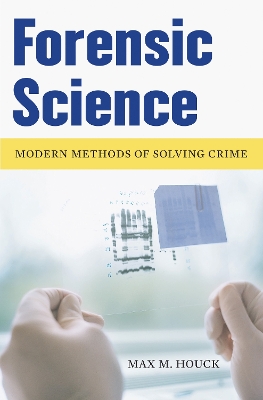From Poe's Dupin and Doyle's Holmes to the television hits Quincy and CSI, the public's fascination with science employed to solve crimes continues and grows. But this understanding of how science works in the forensic laboratory is filtered through the fictional worlds of books and television-how is science really used to fight crime? What techniques are used to catch criminals and free the innocent? Forensic scientists work with police, investigators, medical personnel, attorneys, and others to uphold justice, but their methods are often misunderstood, overestimated, underestimated, revered, or disputed. Here, the author answers many common questions about forensic science: How is the science conducted and by whom? What are the real limits, and real benefits, of forensic science? What new techniques are emerging to catch 21st Century criminals? Readers are treated to an insider's overview of the realties of forensic science.
Forensic Science: Modern Methods of Solving Crime covers the basic concepts of forensic science and how it assists in criminal investigations. Starting with a brief history of forensic science, from its early days in Europe to the modern advances of today, the book describes each method and presents cases that highlight the applications of the methods. Houck profiles pioneers in forensic science, offers an overview of such forensic topics as DNA, fibers, fingerprints, and firearms, takes readers through the collection and processing of evidence, and uses frequent examples and anecdotes to illustrate all the major areas of forensic science. This introduction to the field is a useful starting point for anyone wishing to learn more about the real world of forensic science.
- ISBN10 0313087644
- ISBN13 9780313087646
- Publish Date 30 March 2007
- Publish Status Active
- Publish Country US
- Publisher ABC-CLIO
- Imprint Praeger Publishers Inc
- Format eBook
- Pages 184
- Language English
- URL http://bloomsbury.com/
